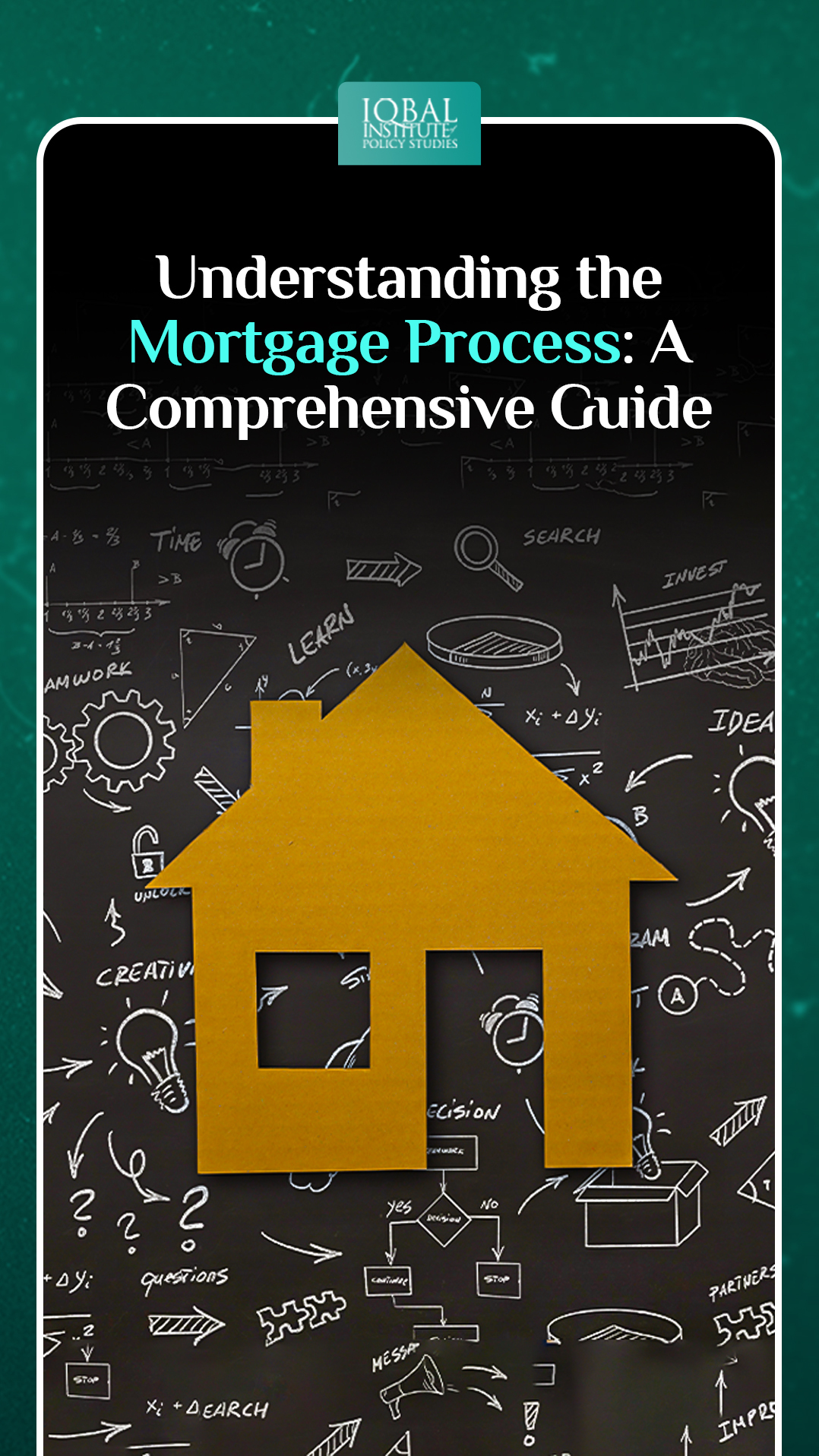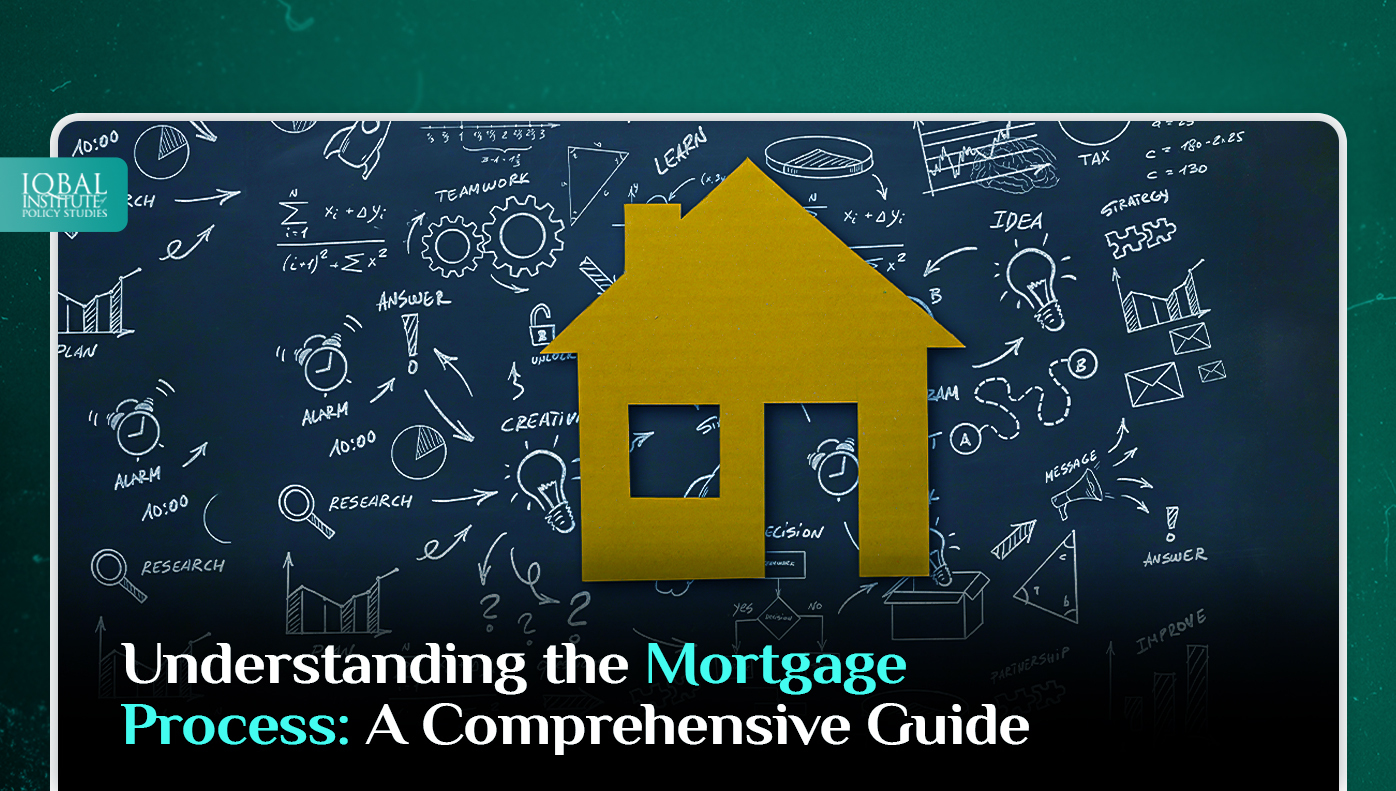Buying a home is a lucrative investment, but for most people, it is the high-cost purchases they will make in their lifetime. The mortgage process can be astounding and confusing for first-time homebuyers, but it can be manageable with the right knowledge and a comprehensive guide to the mortgage process. In this blog, we will discuss the mortgage process through the steps involved in getting a mortgage, from pre-approval to closing and will discuss different types of mortgages.
What is Mortgage?
A mortgage refers to a loan used to finance the purchase of a property, for example, a house or a property. It is a legal agreement between a borrower and a lender, typically a bank or a financial institution. The borrower receives funds from the bank to buy the property, and in return, the borrower agrees to repay the loan over a specified period, usually with interest. It is common for individuals and families to afford homeownership without paying the entire purchase price upfront. By spreading out the payments over time, borrowers can manage the cost of buying a property more comfortably.
Types of Mortgages
The major types of mortgages can help a buyer finance a property’s purchase.
Fixed Rate Mortgage
A fixed-rate mortgage refers to a loan whose interest rate remains unchanged throughout the loan’s period. This means the monthly mortgage payment will stay the same, making it easier to pay and plan future expenses. Fixed-rate mortgages are available in different terms, usually 10 to 30 years and are ideal for borrowers who want a stable and predictable mortgage payment. If you plan to stay in your home for a long period and want to know your exact monthly mortgage payment, a fixed-rate mortgage is a suitable option for you.
Adjustable-Rate Mortgage
An adjustable-rate mortgage (ARM) interest rate remains fixed for an initial period, usually one to ten years, and then adjusts based on market conditions. After the initial period, the interest rate fluctuates with the changes in the market. This type of mortgage has a lower initial interest rate than fixed-rate mortgages, attracting more borrowers interested in keeping their monthly payments low in the short term. However, because the interest rate can adjust, your monthly payment can also increase, making it more difficult to budget and plan expenses. Adjustable-rate mortgages are ideal for borrowers willing to sell their homes or refinance before the initial fixed-rate period ends. It is also considered a lucrative option for the ones who expect their income to increase with time, making it easier to afford a higher monthly payment when the interest rate adjusts.
Determining the best type of mortgage based on the financial situation
Borrowers need to consider their long-term financial goals and budget to determine which type of mortgage best suits their financial situation. For example, a fixed-rate mortgage may be the best option if one plans to stay in their home for a long period and wants a stable and predictable mortgage payment. Apart from this, an adjustable-rate mortgage may be a better option if someone intends to sell or refinance their home before the initial fixed-rate period ends or expects an increase in income over time. It’s also important to consider each mortgage option’s interest rate, terms, and associated fees or costs. Working with a reputable mortgage lender or broker can help you understand your options and choose the suitable mortgage for your financial situation.
The Mortgage Process
The mortgage process in Pakistan is similar to that of other countries, but some specific steps and requirements are unique to the Pakistani market.
The mortgage process in Pakistan typically involves several steps. Here are the general steps involved in obtaining a mortgage in Pakistan:
Determine your eligibility
The initial step is assessing your mortgage loan eligibility. Banks and financial institutions in Pakistan have specific criteria, such as minimum income requirements and credit history, that borrower must meet to qualify for a mortgage.
Choose a mortgage provider
Research various banks and financial institutions to find the one that offers the most suitable mortgage options for your needs. One way is to compare interest rates, loan terms, and other factors to make an informed decision.
Gather the required documents
Prepare the necessary documents required by the mortgage provider. These usually include proof of identity, proof of income, bank statements, property documents, and any other documents the lender specifies.
Pre-approval
Apply for pre-approval, which involves submitting your documents to the mortgage provider for evaluation. It offers an estimate of the loan amount you can obtain and helps understand your budget for purchasing a property.
Property valuation
The mortgage provider will oversee the property valuation you plan to purchase. This assessment ensures that the property’s value aligns with your requested loan amount.
Loan application
After founding a suitable property and agreeing on the purchase price, you can formally apply for the mortgage loan. Submit the completed loan application form along with the required documents to the lender.
Loan processing
The lender will review your application, verify the provided information, and conduct a detailed assessment of your financial situation. This process may involve credit checks, background checks, and verification of the property’s legal status.
Loan approval:
You will receive loan approval if your application meets the lender’s criteria and requirements. The lender will issue an offer letter or approval letter stating the terms and conditions of the mortgage loan.
Loan agreement and disbursement:
After the loan approval, you must sign a loan contract with the lender. The agreement outlines the loan terms, repayment schedule, and other relevant details. After signing the agreement, the lender will disburse the loan amount to the seller or the designated party.
Property registration and documentation
Complete the legal formalities associated with property registration and transfer of ownership. This typically involves preparing and executing the sale deed, obtaining the necessary stamps and endorsements, and registering the property with the relevant authorities.
Repayment
Begin repaying the mortgage loan according to the agreed-upon terms and schedule. Make regular payments, including the principal amount and interest, as per the terms specified in the loan agreement.
Conclusion
In Pakistan, obtaining a mortgage can be a complex process. However, by understanding the different types of mortgages and walking through the steps involved in the mortgage process, you can make a more informed decision and secure the best possible mortgage for your financial situation. It is requisite to take the time to evaluate your finances carefully, do your research, and work with a well-informed lender who can assist you through the procedure and get you all the information required to make a secure decision. Following the right approach, you can get a mortgage that fulfils your needs and helps you achieve your homeownership goals.
This article is written by Radma Nouman. Radma is a Research Analyst at Iqbal Institute of Policy Studies (IIPS).



Leave a Reply